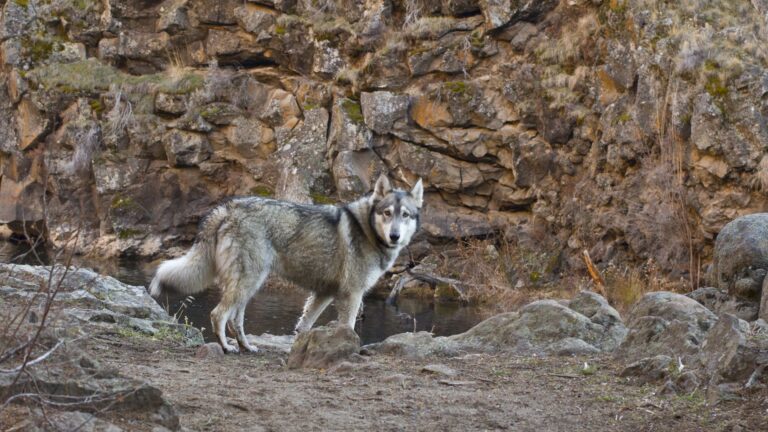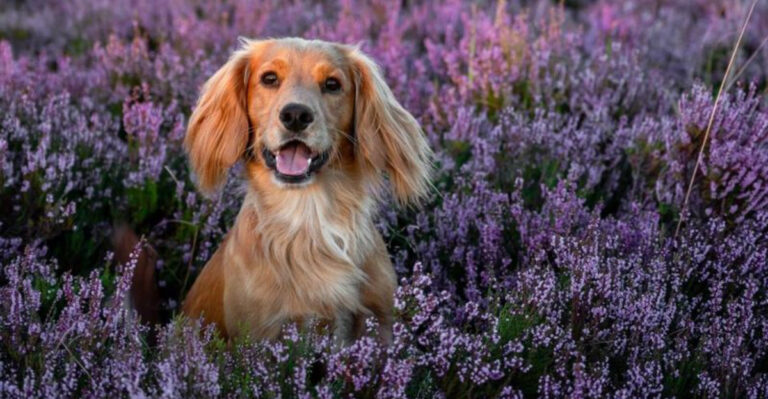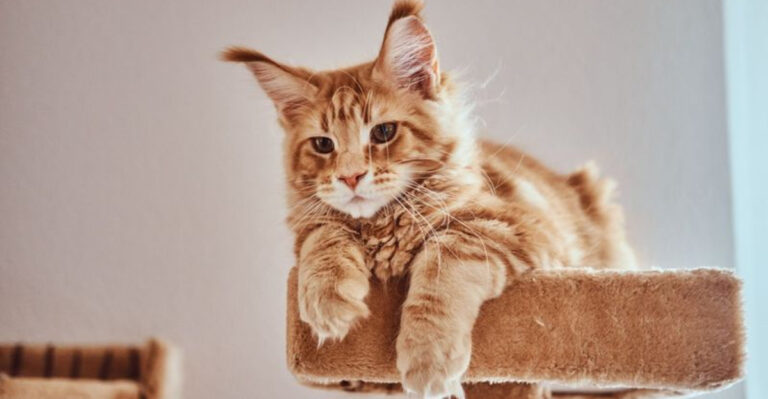22 Quirky Things You Never Knew About Alpacas
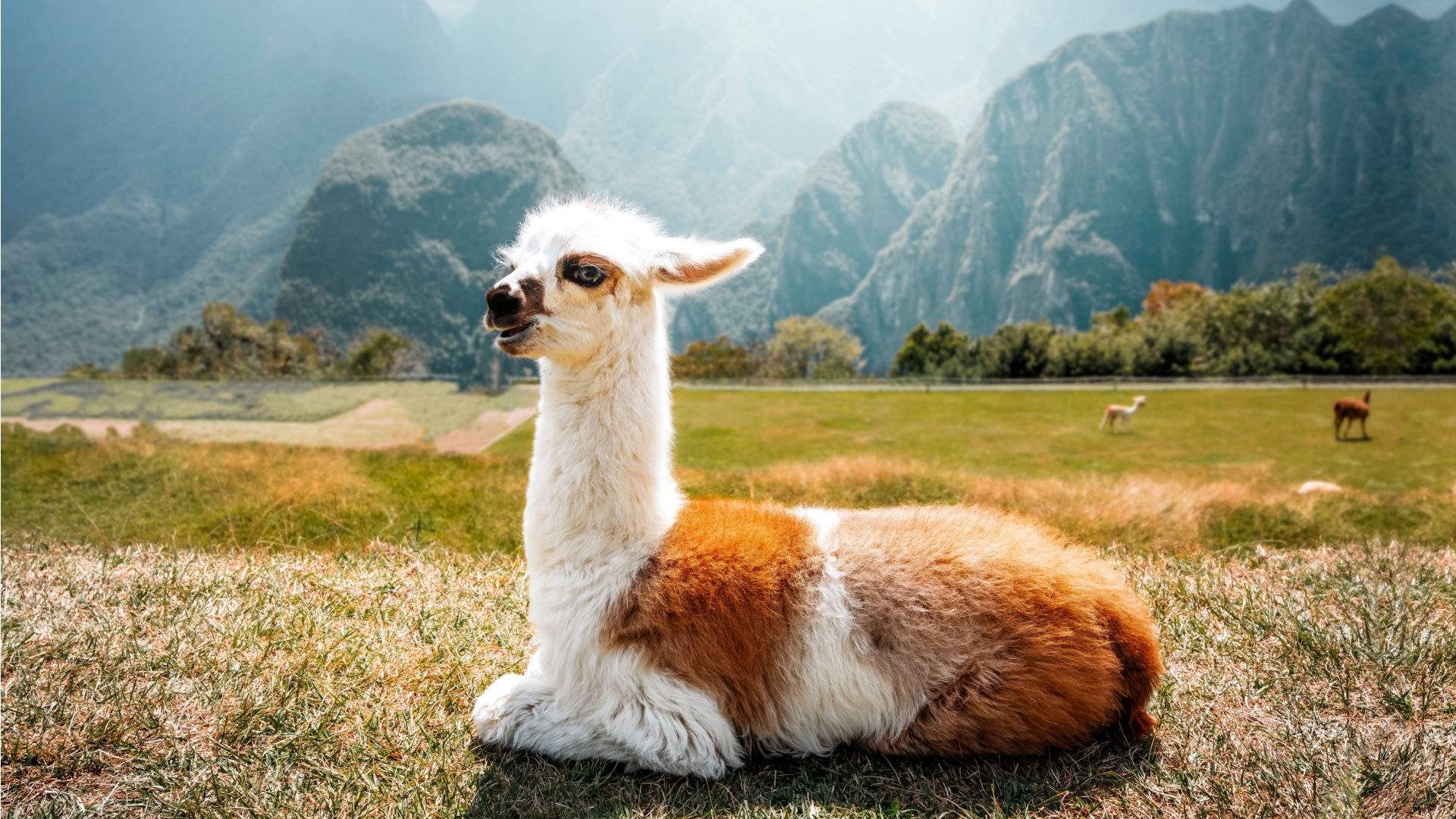
Alpacas are charming, fluffy creatures that many people adore, yet few truly understand their quirks and characteristics. Let’s unravel some of the most surprising and delightful aspects of these gentle animals.
Join us on a journey through these quirky facts about alpacas that will not only entertain but also deepen your appreciation for these lovable animals.
1. The Alpaca Dance
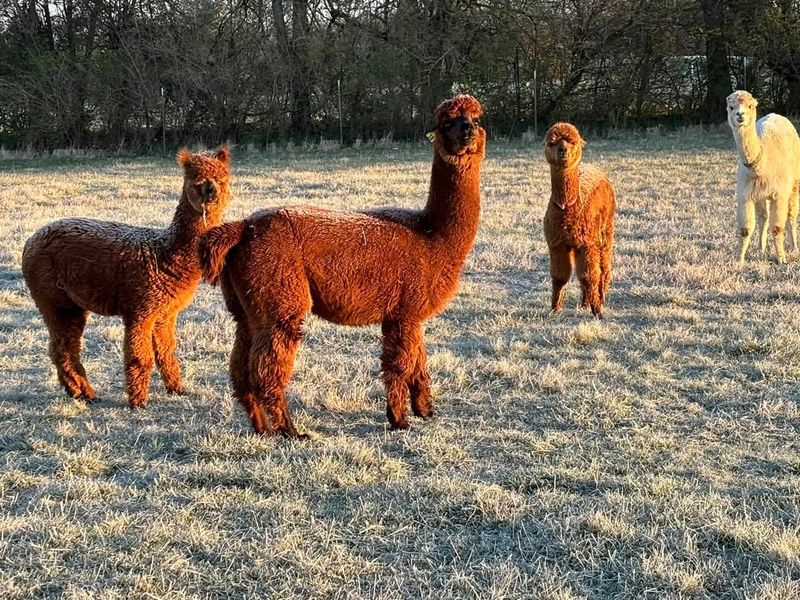
Imagine a group of alpacas bouncing around, almost as if they’re doing a delightful jig. These creatures often engage in playful antics, hopping and dancing with an infectious energy that can brighten any day.
In the Andes, where they originate, alpacas exhibit this behavior, especially among young ones. It’s a charming sight that showcases their fun-loving nature and social instincts.
Such activities are not just for fun; they help strengthen bonds within the herd.
2. Alpacas’ Soft Humming
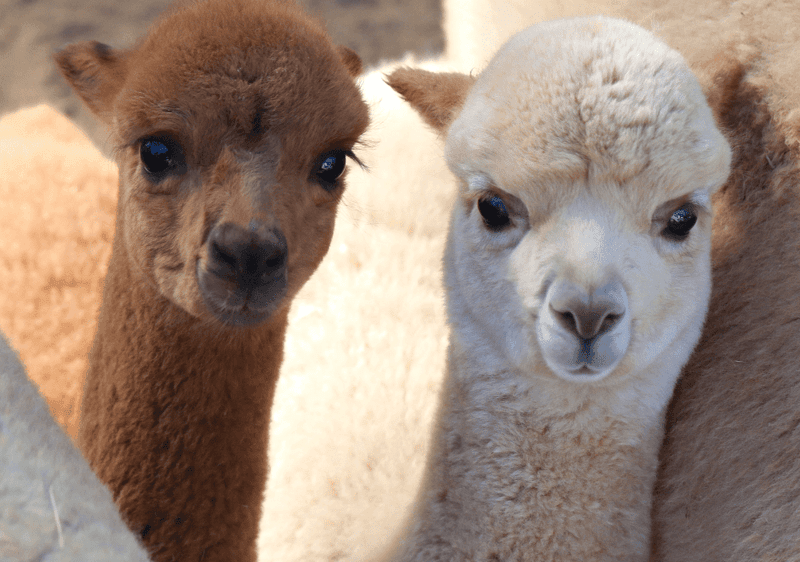
With a gentle hum, alpacas communicate in a way that’s both soothing and endearing. This sound, often likened to a mother’s lullaby, is used to express contentment and reassurance among the herd.
Mothers hum to their crias (baby alpacas), creating a calming atmosphere. Visitors often find the hum mesmerizing, as it adds a unique layer to the interactions within an alpaca community.
3. Fleece As Soft As Clouds
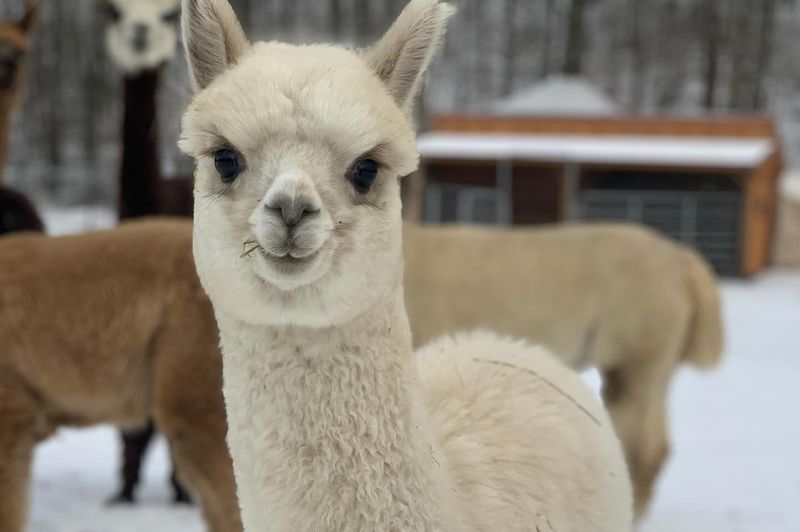
Picture this: alpaca fleece so soft it feels like touching a cloud. This luxurious material is highly sought after for its hypoallergenic and thermal properties.
Shearing occurs once a year, providing enough fleece to create scarves, sweaters, and more.
The fleece’s fineness lends it a quality that rivals even the best cashmere, making alpacas a valuable asset in the textile industry.
4. Alpacas’ Gentle Gazes
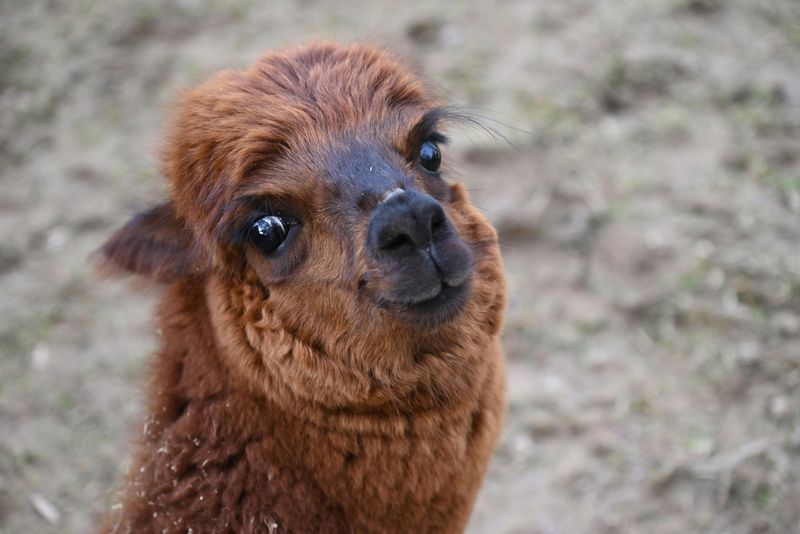
Look into an alpaca’s eyes, and you’ll see a world of gentleness and curiosity. Their eyes, large and expressive, convey a sense of calm that instantly soothes.
It’s as if they’re pondering life’s mysteries, inviting you to pause and reflect. This gentle gaze is part of what makes alpacas beloved by so many, offering a silent conversation that transcends words.
5. Spitting: A Quirk With Purpose
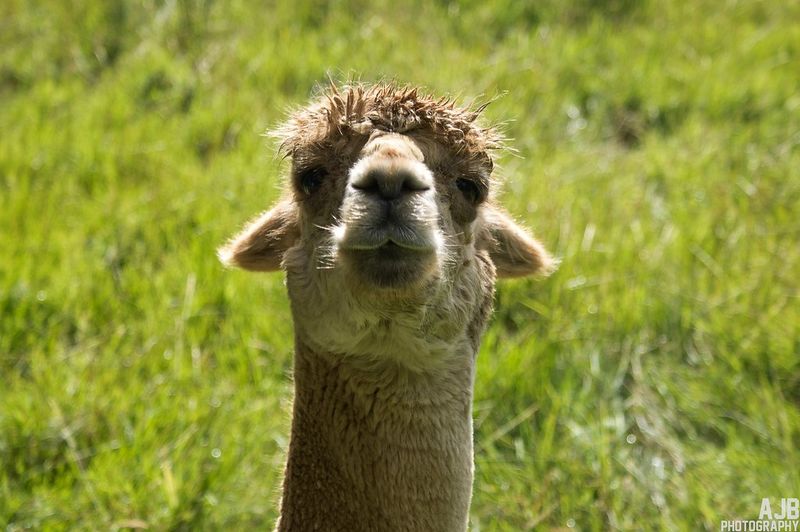
Spitting might seem rude, but for alpacas, it’s a form of communication. This quirky behavior often occurs when they’re annoyed or establishing dominance.
Though not their most charming trait, it’s an effective method to resolve disputes, showing their complex social structure. It’s a reminder of their wild roots, adding to the fascinating dynamics within their herds.
6. Alpaca Herd Dynamics
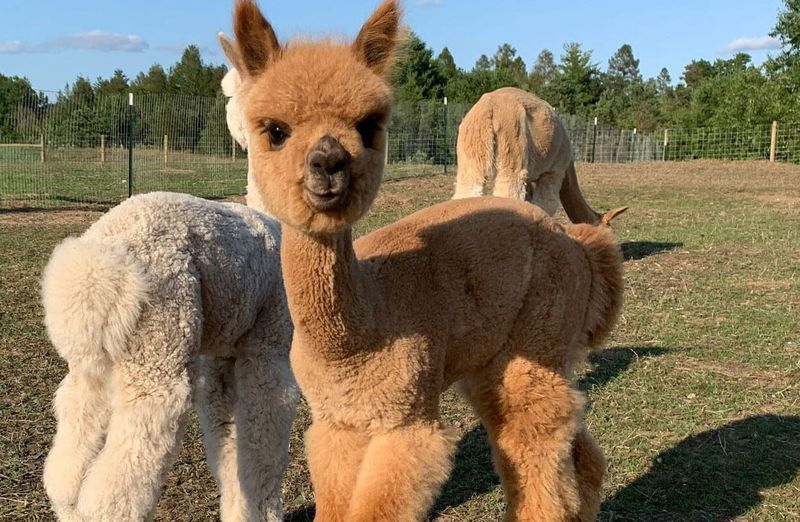
Alpacas thrive in groups, relying on a strong social structure to survive. Within their herds, there’s a clear hierarchy, led by a dominant male.
Their interactions are a dance of respect and cooperation, ensuring harmony. Observing a herd reveals a miniature society, where each alpaca plays a role, contributing to the group’s well-being and success.
7. Crias: The Adorable Babies
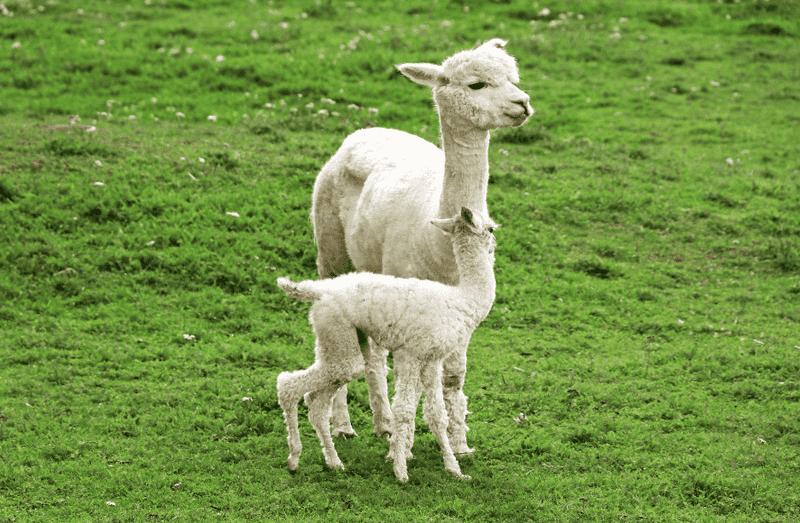
Crias, or baby alpacas, are epitomes of cuteness wrapped in fleece. These little ones are born after an 11-month gestation, ready to explore the world.
Their wobbly first steps and playful antics can melt even the hardest hearts. Mothers are fiercely protective, guiding their crias with gentle hums, ensuring they grow into well-adjusted members of the herd.
8. Unique Smiling Faces
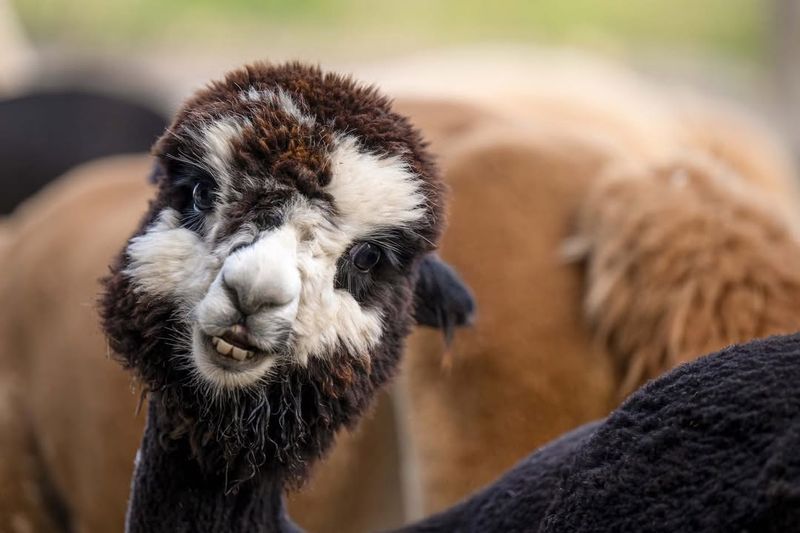
Alpacas are famous for their quirky smiles, often resembling a cheeky grin. This expression endears them to many, giving alpacas a personality as vibrant as their fleece.
Their smiles reflect their gentle and curious nature, often appearing during quiet moments. Spending time with an alpaca can feel like sharing a secret joke, lightening your mood and bringing joy.
9. Guardians Of The Pasture
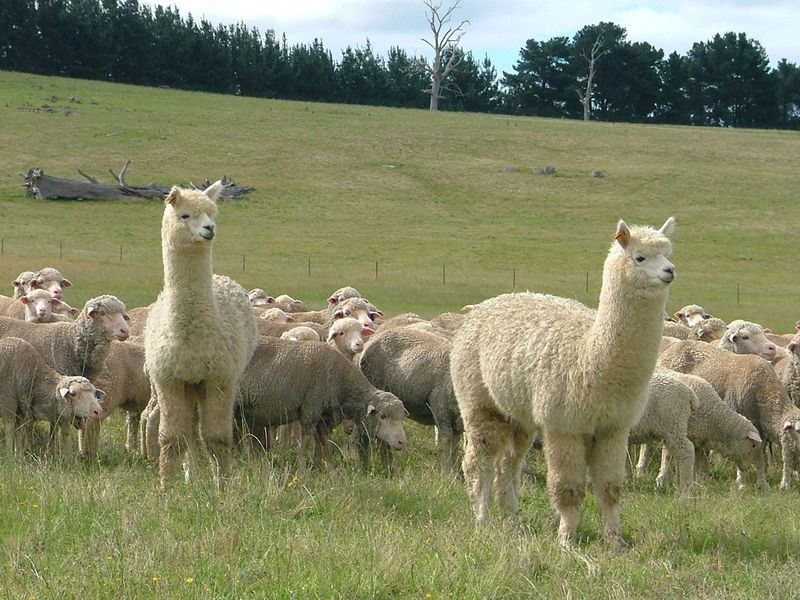
Despite their docile appearance, alpacas can be formidable protectors. Farmers often use them as guard animals for sheep, thanks to their alertness and herding instincts.
They’re quick to sense danger, sounding alarms with a high-pitched warning call. This unexpected trait showcases their versatility, contributing to their popularity among livestock owners wanting a natural protective solution.
10. Alpaca Fashionistas

Alpacas have long been the muse for vibrant fashion, especially in South America. Their fleece is transformed into colorful garments, showcasing the weaving arts of the Andes.
Each piece tells a story of culture and tradition, with alpacas at the heart of these creations. Their role in fashion highlights not only their economic value but also their cultural significance.
11. Eco-Friendly Grazers
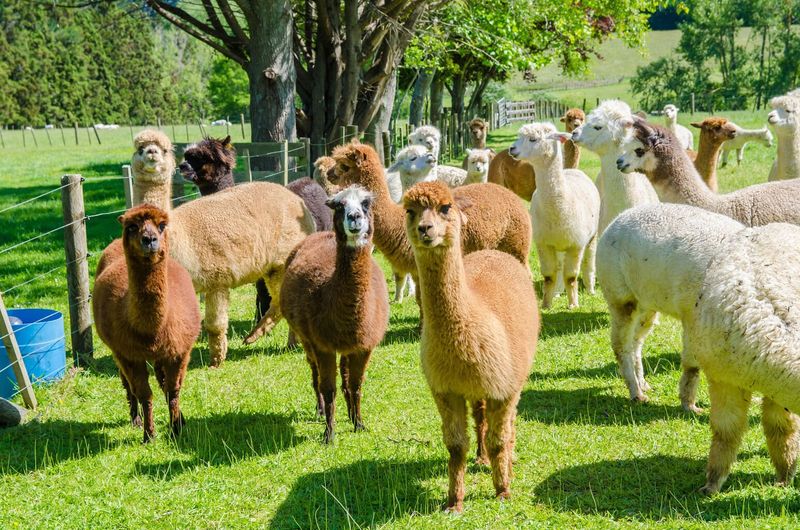
Unlike many livestock, alpacas are gentle on the land. Their padded feet and selective grazing habits prevent overgrazing and soil erosion.
This eco-friendly characteristic makes them ideal for sustainable farming practices. Alpaca farming reflects a balance with nature, supporting biodiversity and preserving landscapes for future generations.
12. The Colorful Alpaca
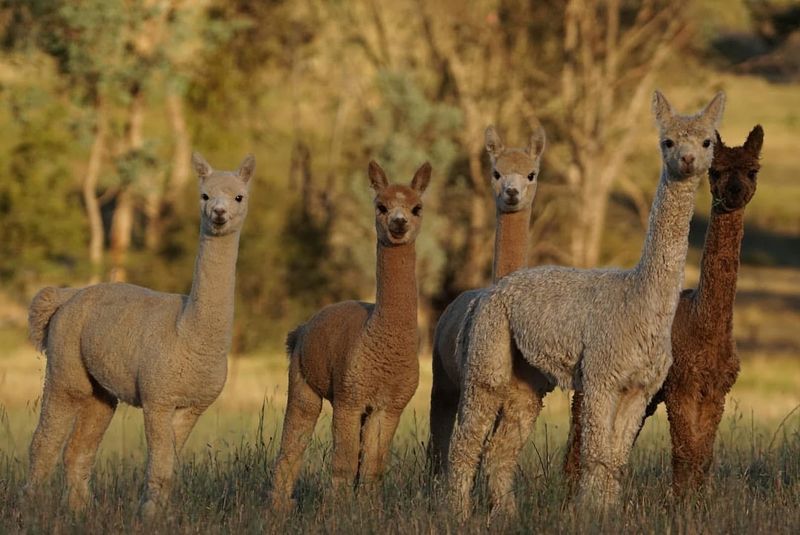
Alpacas come in a delightful spectrum of colors, ranging from pure white to deep mahogany and everything in between. This diversity adds a splash of vibrancy to any herd.
Their varied coats are a canvas for artisans, offering a natural palette. This rainbow of alpacas not only pleases the eye but also enhances genetic diversity, crucial for herd health.
13. Alpacas and Llamas: Cousins With Differences
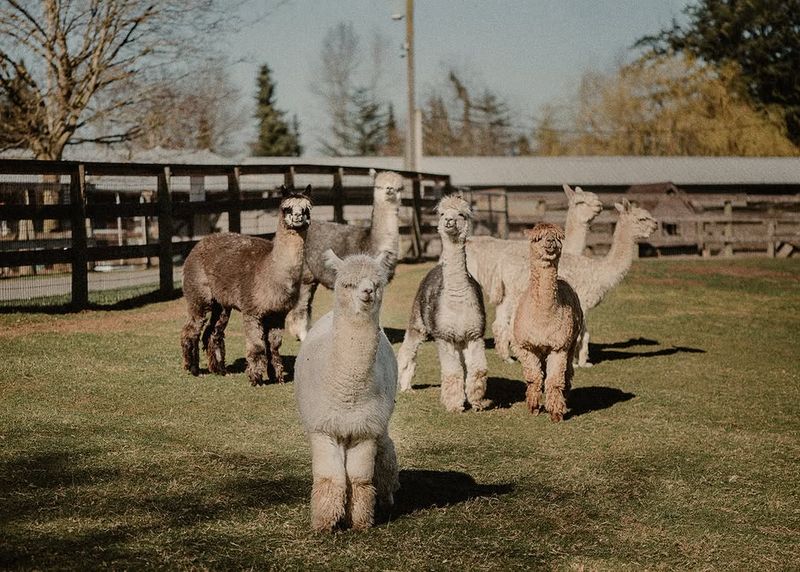
Though often confused, alpacas and llamas are distinct. Alpacas are smaller with softer fleece, while llamas are larger and used as pack animals.
These cousins share an ancestry but have evolved unique traits suited to their roles. Understanding these differences enriches our appreciation for both species, celebrating their adaptations to high-altitude life.
14. Alpaca Yoga
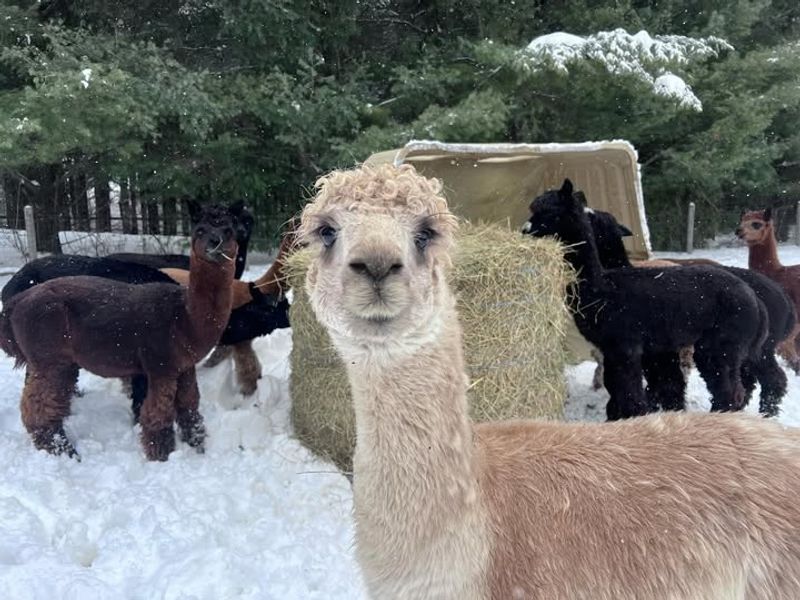
Alpaca yoga is a unique experience where participants practice amidst these gentle creatures. The presence of alpacas adds tranquility, enhancing relaxation.
Their calm demeanor acts as a natural stress reliever, making the yoga practice even more rejuvenating.
Connecting with nature and animals during exercise creates a holistic approach to well-being, popular among outdoor enthusiasts.
15. Alpacas’ Cleanliness Routine
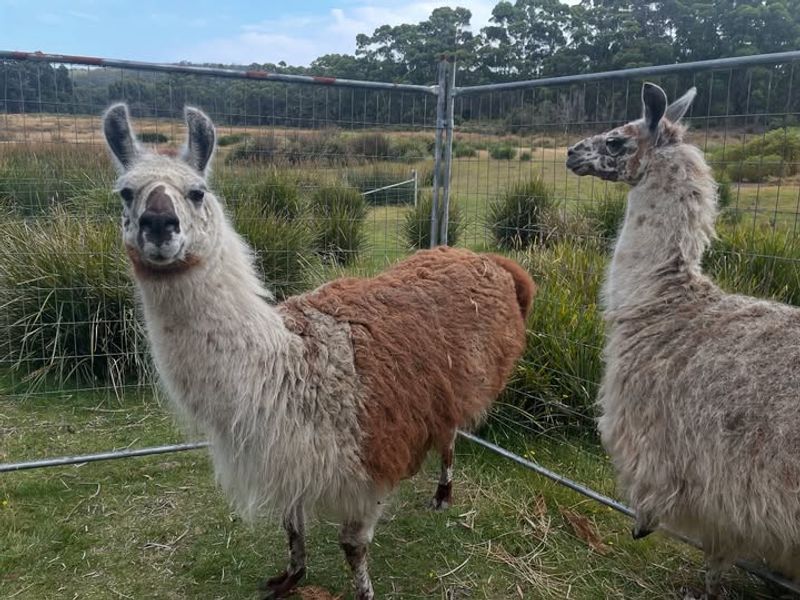
Alpacas have a surprising penchant for cleanliness. They often indulge in dust baths, which help keep their fleece clean and free of parasites.
This ritual is a social activity, with alpacas taking turns to roll and shake. It’s a quirky yet essential part of their grooming routine, ensuring they remain healthy and comfortable.
16. Alpaca Trekking Adventures
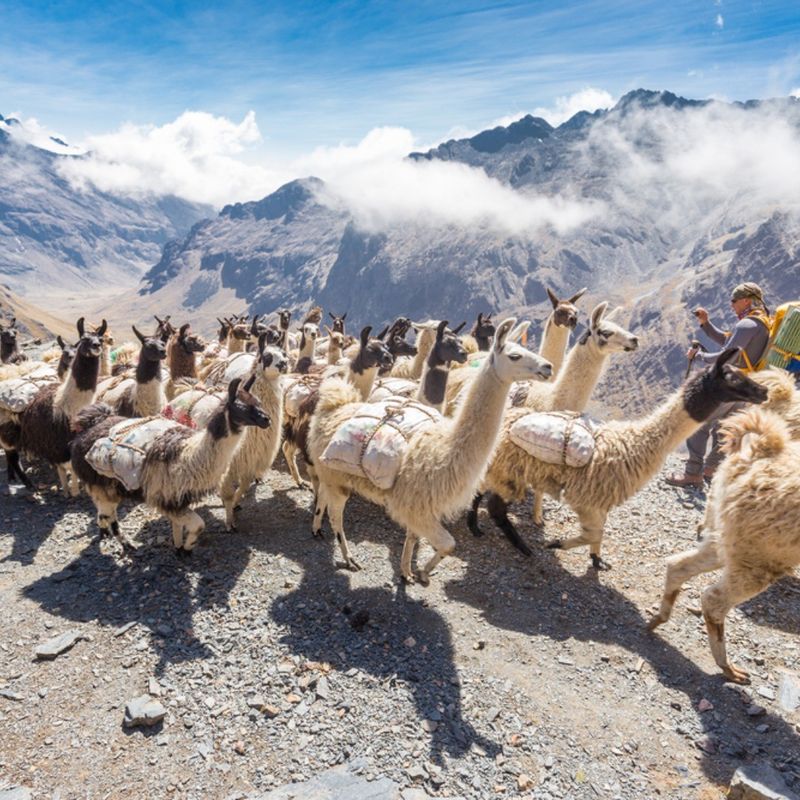
Imagine trekking with an alpaca by your side, a unique adventure that combines hiking with the companionship of these gentle creatures.
Alpaca trekking is popular in many regions, offering an engaging way to explore nature. It’s an opportunity to bond with these animals while enjoying the great outdoors, making for a memorable and enriching experience.
17. The Alpaca’s Unique Digestive System
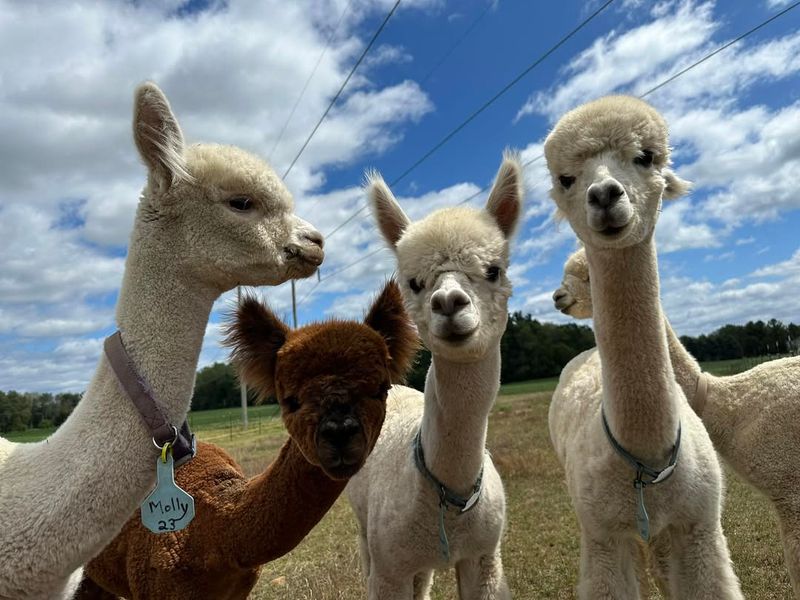
Alpacas have a fascinating digestive system, consisting of three compartments. This unique setup allows them to efficiently extract nutrients from tough Andean vegetation.
Their efficient digestion supports their survival in harsh environments where food is scarce. This adaptation highlights their ability to thrive where other animals might struggle, showcasing nature’s ingenuity.
18. Alpacas’ Communication Styles
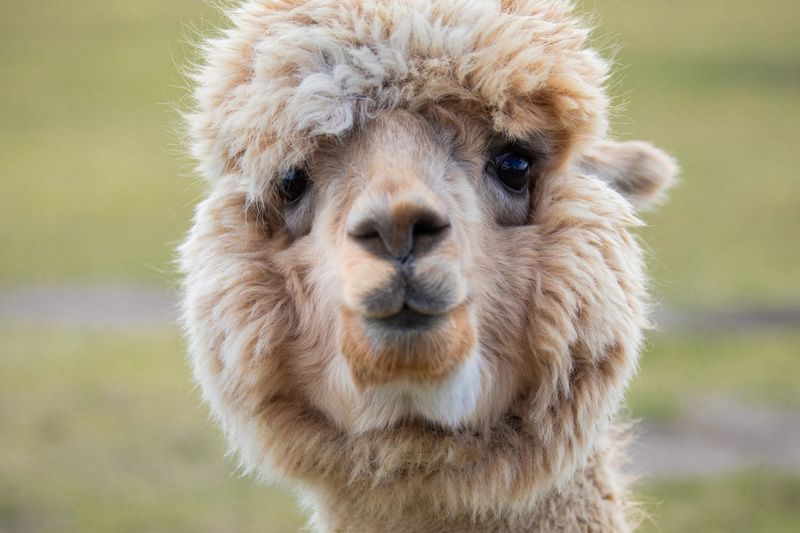
Alpacas have a rich repertoire of communication styles, from body language to vocalizations. They express themselves through subtle movements and a variety of sounds.
Understanding these cues opens a window into their world, enhancing human-alpaca relationships.
It’s a reminder of the complexity and intelligence within alpaca society, inviting us to listen and observe more closely.
19. The Mythical Origin Of Alpacas

In Incan mythology, alpacas are considered gifts from the gods. Legend has it they descended from the sky, bringing warmth and prosperity to the earth.
This mystical origin story adds an enchanting aura to their presence. Such tales highlight the deep cultural connections and reverence indigenous people have for these animals, woven into the fabric of Andean life.
20. Alpacas In Pop Culture
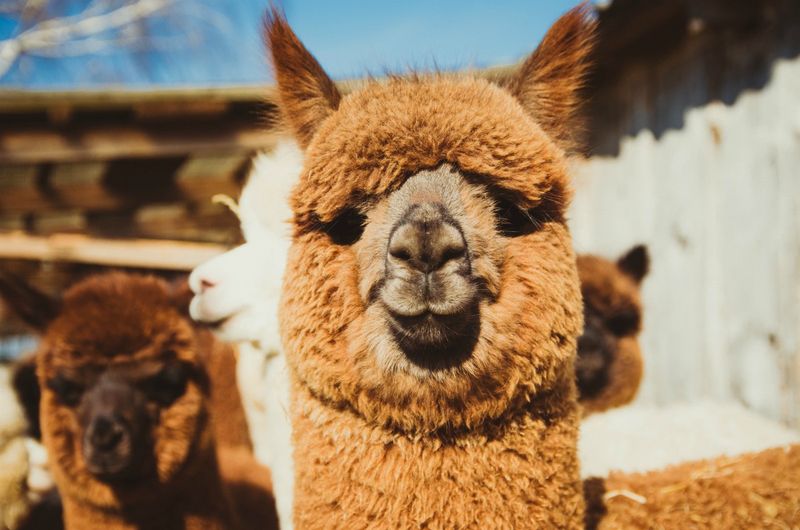
Alpacas have trotted their way into pop culture, appearing in cartoons, video games, and fashion. Their quirky charm makes them a favorite symbol of cuddliness and fun.
These appearances reflect their growing popularity, capturing the imagination of people worldwide. Their friendly faces and comical nature have cemented their status as beloved icons beyond the farm.
21. Therapeutic Alpaca Encounters
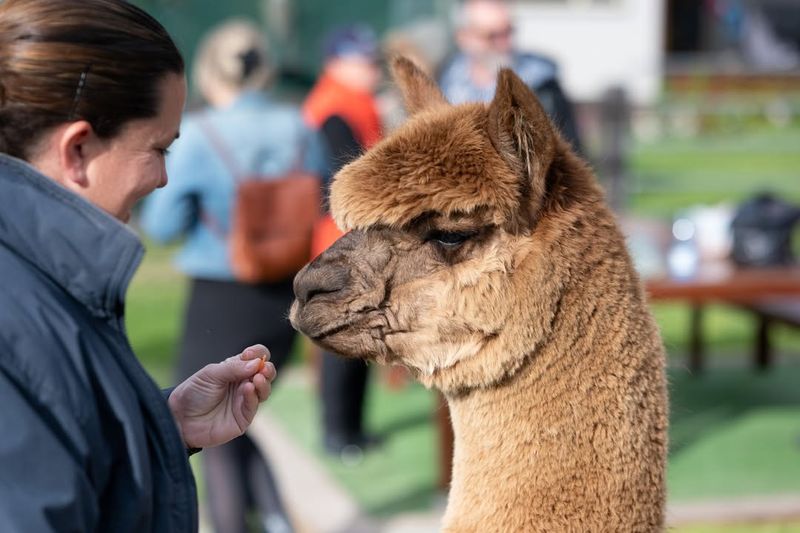
Alpacas are increasingly used in therapy, offering emotional support with their calm and gentle presence. Their non-judgmental nature makes them excellent companions for those in need.
Therapeutic encounters with alpacas provide comfort and healing, often leaving lasting positive impacts. These sessions highlight the bond between humans and animals, enriching lives through simple yet profound interactions.
22. Alpaca Fiber And Sustainability
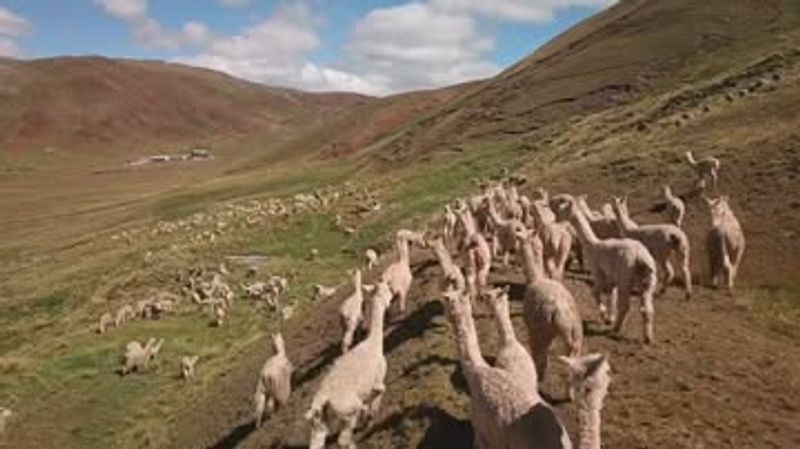
The sustainability of alpaca fiber is a compelling story. Unlike synthetic fibers, alpaca fleece is biodegradable and renewable, making it an eco-conscious choice.
This natural material provides warmth without weight, ideal for sustainable fashion. Embracing alpaca fiber supports environmentally friendly practices, weaving sustainability into the fabric of everyday life.


